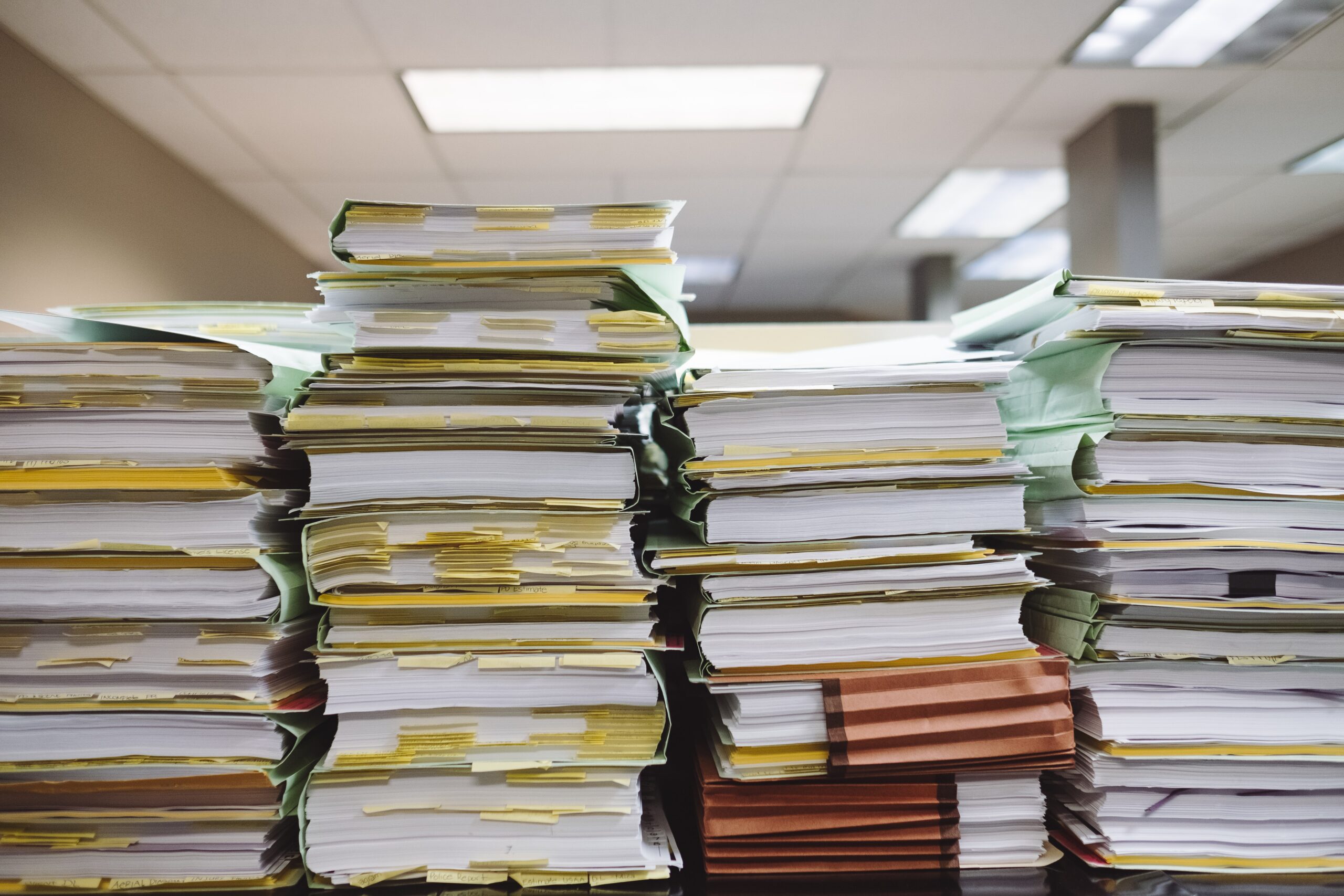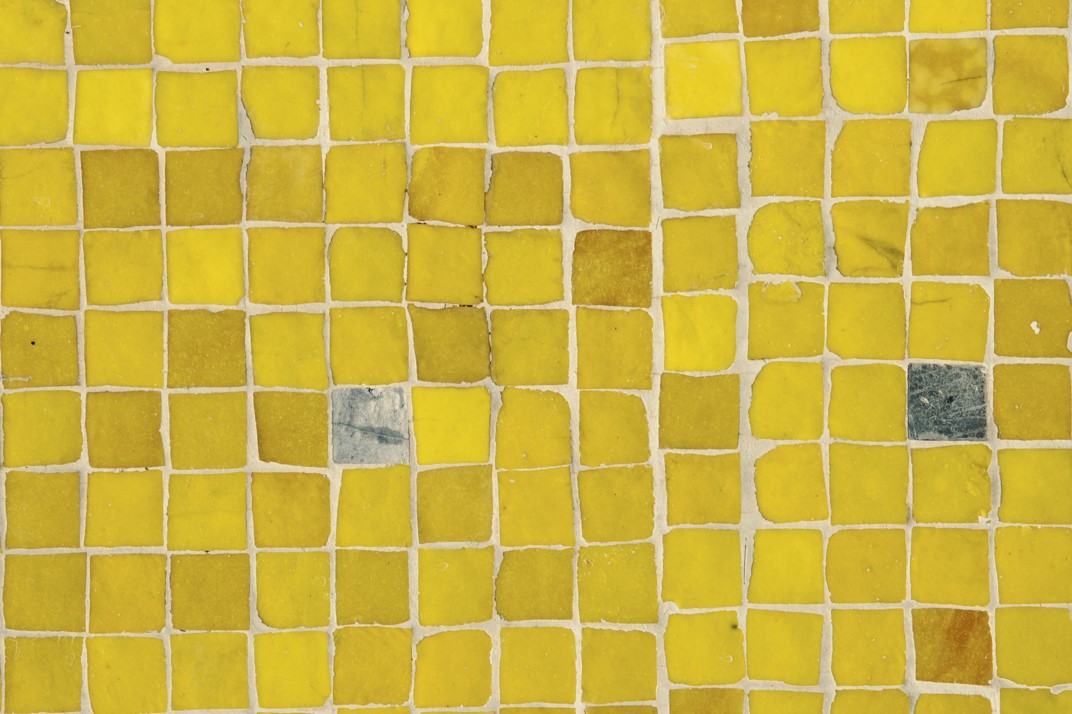The afternoon session of the first day in the exciting 2-day program of #DigEx 2019 is about ENABLING DATA SHARING & NEW DIGITAL WORKFLOWS. Opportunities and challenges come with the digitalization of data. New workflows are enabled across the value chain as a result of digitalization and sharing data – across companies and country borders. More data leads to a deeper understanding and a better foundation for analytics and machine learning – providing us with richer insight and better decision support.

David Wallis from the Energistics Consortium will talk about a “reservoir model enrichment workflow made simpler and more reliable with industry-developed data transfer standards” which has been developed by Energistics.
The modelling of a hydrocarbon reservoir and the simulations that predict production flows require sophisticated software technology to deliver accurate and reliable results. Modelling and simulation activities are performed over the entire life-cycle of an asset, from exploration through development, production, EOR and abandonment.
A dataset comprises many different data types such as structural data, rock and fluid property volumes, simulation cell geometries, production history and abundant well data. Taking a dataset from one software platform to another has always been a challenge. Sharing updates to a model or new data across multiple platforms such that every user is working on the same dataset is not straightforward.
The industry-defined RESQML standard is designed to solve this problem by providing a single data transfer format for data and metadata as well as tools to selectively transfer updates and new data.
A case study of a typical workflow from the Gulf of Mexico will be shown by Wallis. The whole dataset was taken from structural modelling and analysis, through simulation and visualization, involving a different software package at each step, and a partial export of reservoir property data from the modelling package to a property modelling package. This was then followed by pore volume modification in another package, the result being transferred back to the modelling tool.

SINTEF is also represented at #DigEx 2019 by Ane Lothe, a Senior Researcher. She will be taking the research perspective of digital subsurface and data sharing.
An open platform for data and software sharing for research purpose is still missing according to Lothe. We see a general lack of infrastructure for handling big data in subsurface research at all scales: from pore to reservoir and basin scale. During the autumn an application named “Norwegian Digital Subsurface Lab” was submitted to the Research Council of Norway (RCN). The aim is to establish an infrastructure to ease the access to open datasets (such as SINTEF’s Shallow Drilling Database, Diskos, open industry datasets, etc.) and geoscience/machine learning software for researchers and students.






